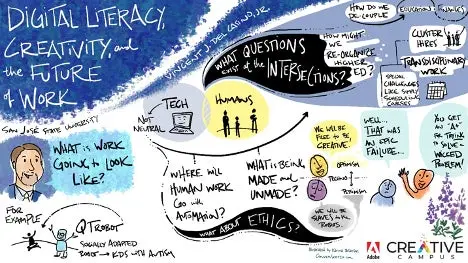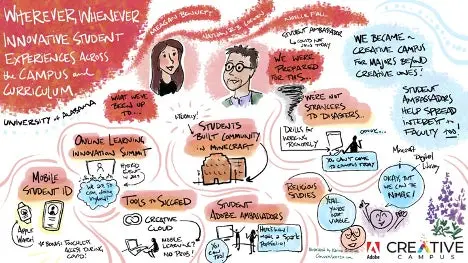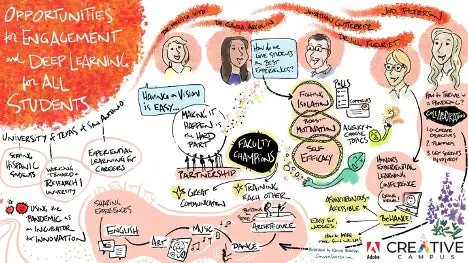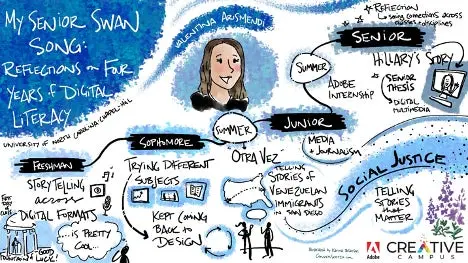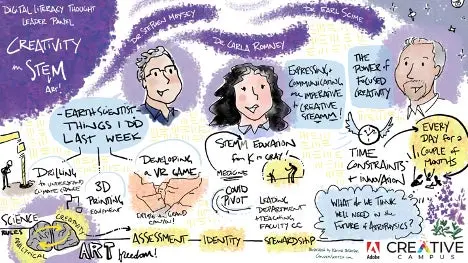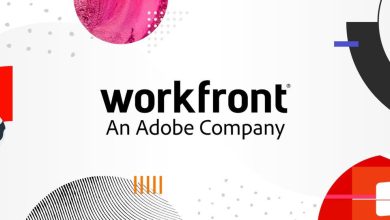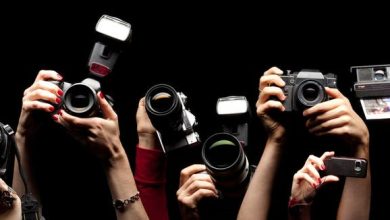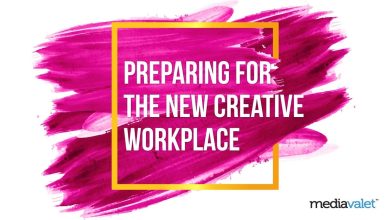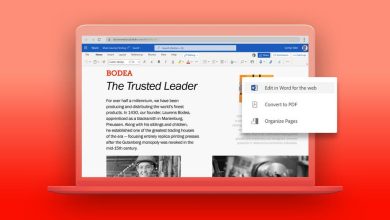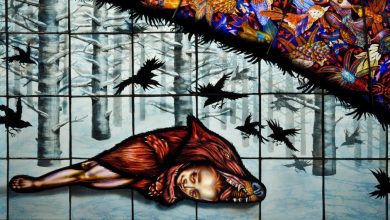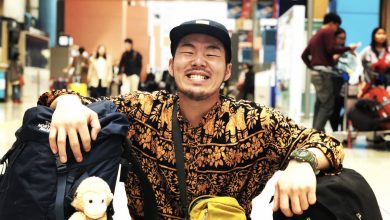An Adobe Creative Campus Collaboration recap
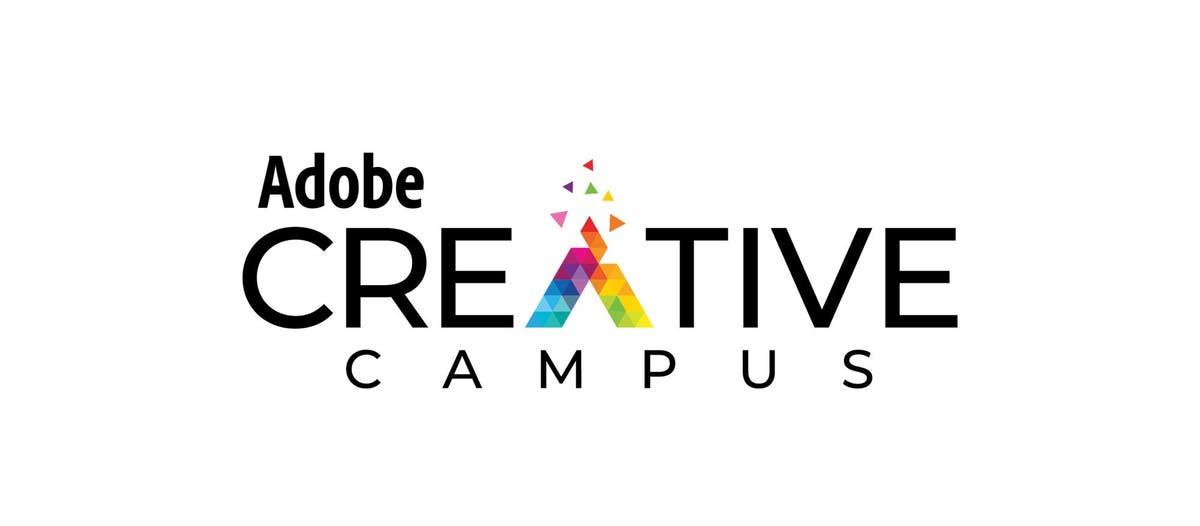
Adobe’s Spring Creative Campus Collaboration event featured speakers who explored the ways building digital literacy in college can prepare students for the future careers.
Last month, Adobe hosted the Spring Creative Campus Collaboration event, which featured speakers and panelists from across the globe who explored the ways building digital literacy in college can prepare students for the future careers.
Hosted by Todd Taylor, Adobe Pedagogical Evangelist and Eliason Distinguished Professor of English at the University of North Carolina at Chapel Hill, the event distilled the important roles that digital literacy and creativity have in higher education today. These roles include:
Streamlining the student experience on and off campus and preparing students for digital work environments.
Leveraging digital storytelling tools to amplify work done across student disciplines, especially in STEM and health sciences where creativity and communication education are sometimes overlooked.
Preparing students for an AI and machine-learning driven workforce, enabling them to navigate the exponential growth of new technologies.
Below are a few highlights from the discussion:
Contents
Equipping students for a workforce driven by AI and machine learning
The Creative Campus Collaboration event kicked off with a discussion on the importance of digital literacy and creativity skills in the workforce.
Vincent J. Del Casino, provost and senior vice president of Academic Affairs and Professor of Urban and Regional Planning at San Jose State University, explained that AI and machine learning technology are, in fact, transforming the state of work and certain job functions that were once completed by humans will be automated. As a result, he underscored the importance of building creative skills, such as critical thinking and collaboration, as they’re proficiencies that automation can’t replace and therefore will be more valued by employers.
“In my mind, what’s left for humans is creativity and post-disciplinary thinking,” Del Casino said. “I say this because I think the space of creativity is critical.”
Del Casino described creativity as both a tool and a process that can help students achieve their academic and future career goals. By placing a greater emphasis on creativity in the classroom and allowing students to experiment, fail and grow, they will be set up for greater success in their future.
Learning experiences that have impact
Knowing the importance of a creative and digitally literate workforce, leaders from the University of Alabama (UA) explored how they are preparing students for our changing world by providing invaluable experiences during their academic careers.
As the Director of Customer Relations for IT at UA, Meagan Bennett is responsible for providing IT to students. This was particularly beneficial during the transition to remote learning. With more than 60 percent of its students coming from out of state and diverse backgrounds, UA’s IT offerings ensured all students had equal access to tools that could help them remain engaged.
For example, instead of hosting a traditional, in-person research presentation in which undergraduate student research assistants from UA’s College of Engineering would display their findings on a poster board, they used Adobe Spark to communicate their findings. Students partnered with faculty to create visually compelling videos and graphics that disseminated their research data and explained their innovations in more unique ways. Although the program looked different in a remote learning environment, the use of digital tools enabled engineering students to have greater experiences when creating virtual presentations.
In addition to the updates made at the start of the pandemic, Nathan R.B. Loewen, Associate Professor of Religious Studies and Faculty Technology Liaison, College of Arts and Sciences, described how the Department of Religious Studies at UA began embracing digital remote learning solutions nearly a decade before. In 2011, Tuscaloosa, Ala. was struck by a tornado that destroyed parts of the community. The university responded to the tragedy by transitioning to remote learning and developing academic continuity operations, which included digital remote learning systems that were also used during the 2020 pandemic.
These innovative, remote learning practices that UA developed also helped the department save the religious studies program from being declared non-viable. Loewen explained that by integrating an online presence with a suite of interconnected tools including a blog, social platforms, video and virtual experiences within Minecraft, the department successfully promoted their program. Their efforts not only strengthened engagement among students enrolled, it also ensured the program’s viability at UA.
Student collaboration across academic disciplines
Recognizing the limitations and silos of traditional academic disciplines, academic leaders and faculty from the University of Texas at San Antonio (UTSA) highlighted how integrating digital literacy in interdisciplinary projects improved student engagement. The past year was an inflection point for social justice and political change, and it also presented education and economic uncertainties due to COVID-19. UTSA sought to create a course that could help students negotiate these kinds of changes by cultivating experiential learning opportunities.
“We got together as a tactical team early when the pandemic started, and as we asked these questions of ourselves, the answer was very clear, it was collaboration,” said Jodi Peterson, Lecturer III within the Department of History at UTSA. “In this separated landscape, we needed to connect.”
UTSA created a collaborative, interdisciplinary project that brought together more than 500 students majoring in history, poetry, art, music, dance and architecture. Each student was responsible for telling a story about a defining moment in their life and connecting it to a defining moment that shaped their ancestor’s life. Students from the different disciplines leveraged each other’s personal and ancestral stories to create an original piece of work using Adobe Creative Cloud. The program fostered collaboration among students as they continued to learn in remote environments and gave them a space to feel like their voices were heard.
Student spotlight: Reflections on building Digital Literacy
With the end of another academic school year in sight, Valentina Arismendi, a graduating senior at University of North Carolina Chapel Hill, reflected on her college experience and the many ways digital literacy skills set her up for academic and future career success.
Arismendi pointed to a first-year English class in digital storytelling as the starting point in her path to a media and journalism major and to the job waiting for her after graduation. She said that early digital literacy experience gave her the confidence to propose and complete a documentary project that explored the lives of immigrant, small-business owners living in Los Angeles.
“I realized my design skills don’t just have to be used to make pretty looking things,” Arismendi said. “They can make things that have an impact.”
The program led Arismendi to pursue minors in digital literacy and social and economic justice, thereby facilitating her growth as a student and skilled digital communicator. With her graduation only a few weeks away, Arismendi recently defended her Honors thesis and obtained highest honors.
Digital Literacy is crucial for STEM and medical students
To close out the event, a panel of faculty members from STEM fields discussed the fundamental and increasingly important role of creativity and communication in these academic disciplines.
Dr. Carla Romney, research faculty at the Boston University School of Medicine, illustrated her work in K-12 STEM education and how she uses National Institute of Health funded research to develop best practices to encourage students from wider and more diverse backgrounds to enter STEM fields.
“There is nothing that we do in STEM that doesn’t involve creativity, originality, innovation and the intertwining of those ideas,” she said. “The key piece of creativity is expressing and communicating that creativity.”
Romney explained how she and her colleagues are helping STEM students at the K-12 level build the capacity to communicate their ideas effectively, which plays a critical role in ensuring they specialize in STEM disciplines at the higher education level and in their future careers.
Together the panelists agreed that by empowering students to build creative skills, they can become more innovative contributions to STEM.
For more information on how to integrate digital skills across disciplines and throughout curricula, please visit the Digital Literacy resources page. If you’re interested in learning how your college or university can become an Adobe Creative Campus to drive greater academic and professional success, please contact your sales representative.
Source : Adobe

